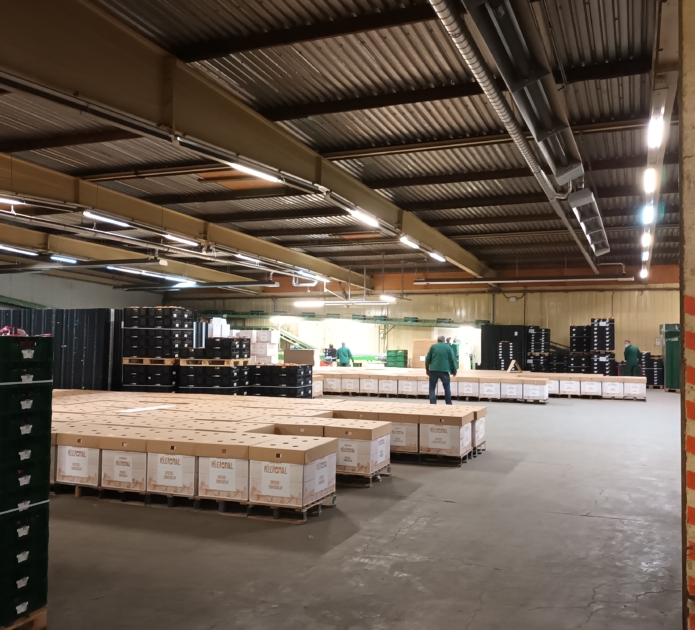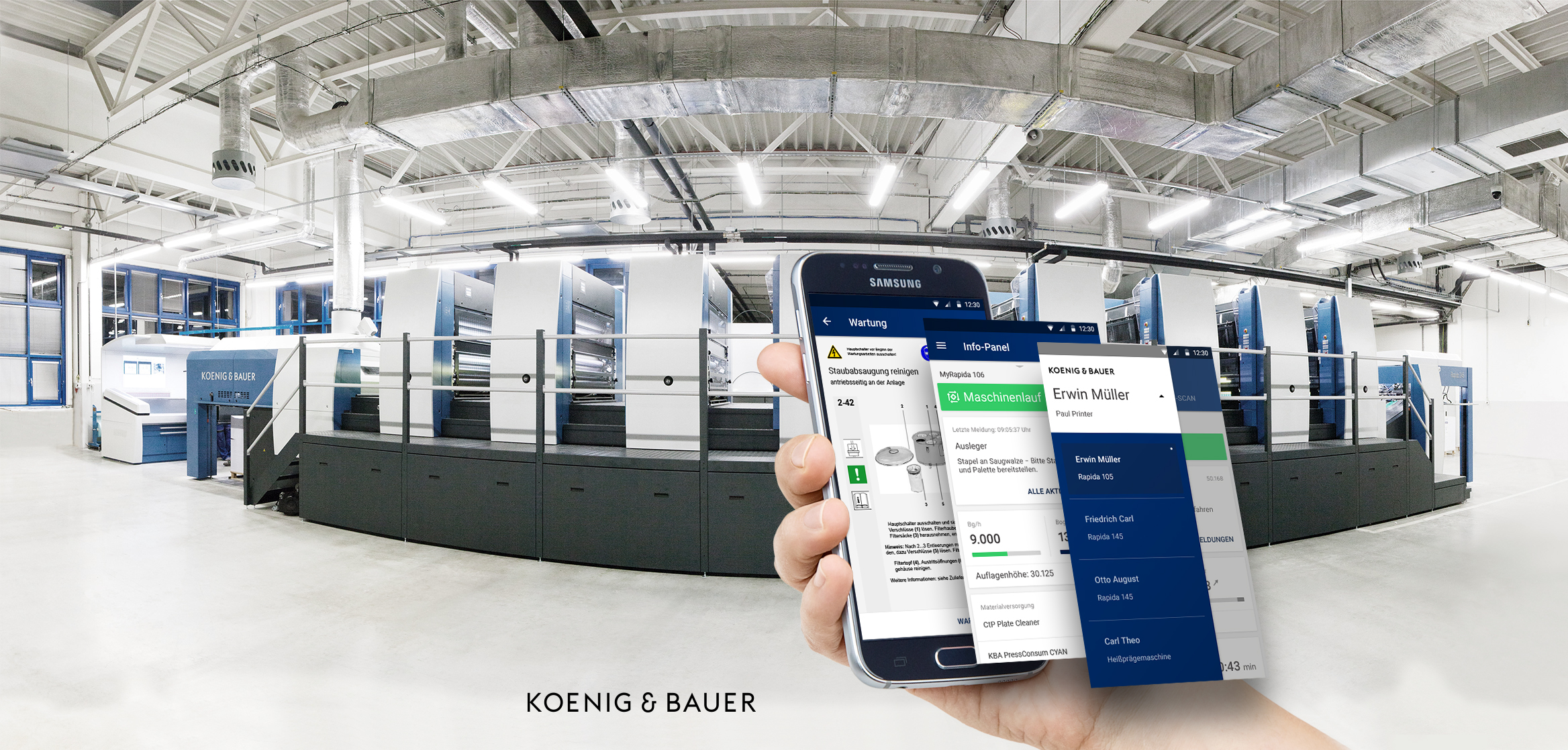Manufacturing companies worldwide are investing heavily in Industry 4.0 technologies, yet many struggle to realize the promised benefits. Despite significant spending on digitalization initiatives, the gap between technological potential and practical implementation continues to widen for many organizations. At Cloudflight, we’ve observed firsthand how manufacturing clients face unique obstacles that complicate their digital transformation journeys.
This disconnect isn’t just frustrating; it’s costly. While most manufacturers recognize digital solutions as essential for future competitiveness, a significant majority remain stuck in what experts call “pilot purgatory,” meaning that they’re unable to scale their digital initiatives beyond initial pilots.
What’s slowing down this digital evolution? In our view, six critical barriers stand in the way:
- heterogeneous system landscapes,
- legacy equipment limitations,
- monetization challenges,
- data silos across departments,
- analytics expertise gaps,
- cultural resistance.
By understanding these interconnected challenges, manufacturers can develop more effective strategies to overcome them and finally unlock the full potential of Industry 4.0.
Heterogeneous system landscapes
Manufacturing environments typically operate with heterogeneous system landscapes that have evolved over decades. As a result, many companies have historically grown their IT and operational technology (OT) systems separately, and these systems were never designed to communicate with each other. Examples of such disconnnected systems include:
- enterprise resource planning (ERP).
- manufacturing execution systems (MES).
- supervisory control and data acquisition (SCADA).
- programmable logic controller (PLC).
This fragmentation creates significant data integration challenges. Critical production data becomes trapped in departmental silos, while machine manufacturers and different production areas generate information that cannot be centrally aggregated. As a result, decision-makers lack the holistic operational visibility needed for true optimization and transformation.
Enterprise architects and CIOs face tremendous challenges in creating a cohesive architecture that can bridge these disparate systems without requiring wholesale replacement. The situation becomes especially problematic when budget constraints limit infrastructure investments.
Case study in heterogenous systems: Containex
We’ve seen this challenge firsthand with companies like Containex, a European wholesaler operating across 40+ countries, where fragmented processes and uncoordinated internal communications created significant roadblocks to digital transformation. Containex faced complications in managing sales and rentals due to these disconnected systems, creating inefficiencies that limited their ability to respond to market demands.
Legacy equipment without digital interfaces
Compared to other industries, the manufacturing sector faces a unique challenge: the long lifespan of capital equipment. While consumer electronics might be replaced every few years, manufacturing equipment often remains in service for decades. This creates a fundamental tension between digital innovation and operational practicality.
Production managers often struggle with machines that lack digital interfaces or APIs altogether. Implementation of value-added services depends on the availability of data, which older machines simply don’t generate. For example, if a factory wanted to establish predictive maintenance solutions, it’d require expensive retrofitting of specialized technology for real-time data collection. As a result, manual processes remain necessary for monitoring equipment that was designed in a pre-digital era.
This challenge is particularly evident in brownfield manufacturing environments where mechanical equipment functions perfectly well but lacks digital connectivity. Despite machines’ mechanical precision, they often lack the sensors and communication capabilities needed for modern predictive maintenance and quality applications. This creates a situation where million-dollar equipment becomes a digital liability when trying to implement comprehensive Industry 4.0 initiatives. For plant managers and heads of R&D, this presents a difficult balancing act: how to extract value from existing capital investments while gradually introducing new digital capabilities.
Monetization difficulties for digital services
Traditional manufacturing has centered around product-centric business models with clear pricing structures. The shift toward service-based digital offerings requires fundamentally different approaches to value creation and capture. It’s a transition that many organizations find extraordinarily difficult to navigate.
For manufacturing executives, quantifying the value of machine usage data or predictive insights remains elusive. How much should a customer pay for guaranteed uptime versus equipment purchases? What’s the right pricing model for predictive maintenance services? Without established industry benchmarks, many companies struggle to develop subscription or service-based revenue models that customers will be willing to accept.
This challenge extends beyond pricing mechanics to organizational readiness. Many manufacturers lack the internal knowledge needed to transition from selling physical machines to selling outcomes. The fundamental business model shift requires new capabilities in contract management, service delivery, and customer success, which are areas where traditional manufacturers have limited experience.
Balancing technical and business know-how
We’ve observed this challenge with industrial equipment manufacturers attempting to shift from selling machines to selling outcomes. One European manufacturer created a promising predictive maintenance service that demonstrated clear value during pilot testing but couldn’t advance to full deployment because they couldn’t develop a compelling pricing model that customers would accept. Despite its technical success, the initiative was shelved due to monetization challenges.
Proprietary or separate IT infrastructures
The challenge of data fragmentation in manufacturing operates at multiple levels simultaneously. Engineering, production, quality control, and maintenance departments not only use separate systems but also often speak entirely different data languages. Machine data from different vendors follows proprietary standards, creating an integration nightmare. In simple terms, information that could be collected and aggregated on the store floor with the help of edge devices doesn’t find its way into the business networks, where it is urgently needed for evaluation and control as part of a CIP process.
When a quality issue arises, tracing its root cause typically involves manually correlating information from disparate sources. It’s a process that might take weeks instead of minutes if various systems were “speaking” with each other. Historical production data remains separated from real-time operational information, making it nearly impossible to apply advanced analytics for predictive insights.
This problem is exacerbated by fragmented implementation approaches. Digital transformations frequently suffer from siloed technology implementations that lack clear connections to business value. The result is a series of isolated improvements rather than a cohesive transformation. In other words, companies are creating digital islands in an analog sea.
Unifying data silos built over 50 years
This was precisely the challenge faced by GROKA, a food wholesaler in northern Germany, where digitalization of packing operations was hampered by data silos. With structures that had grown over 50 years, the company experienced opaque communication channels and fragmented processes. Lack of visibility across departments meant reduced ability to respond to skills shortages and supply bottlenecks. Those challenges could only be addressed through comprehensive data integration.
Analytics expertise and talent shortages
The success of Industry 4.0 hinges on extracting actionable insights from operational data, but this requires specialized talent that’s increasingly difficult to find. According to a 2021 study, the manufacturing sector faces a growing expertise gap in digital skills, particularly those at the intersection of data science and manufacturing processes.
Consider the complexity of modern talent requirement. Companies need individuals who understand:
- Data science and analytics methodologies.
- The specifics of manufacturing operations and processes.
- Industrial equipment and its performance characteristics.
- IT/OT integration and industrial communication protocols.
This rare combination makes hiring extraordinarily difficult. Many organizations attempt to address this gap by partnering with external experts, but this creates challenges in building sustainable internal capabilities.
In our work with quality assurance in metal production, this challenge was particularly evident. Detecting non-metallic inclusions as small as 0.01mm in sheet metal requires specialized knowledge that spans material science, image processing, and machine learning. Traditional computer vision approaches weren’t designed for such tiny phenomena, necessitating custom neural network architectures to process sub-micrometer images. Such expertise isn’t readily available in the manufacturing labor market.
User experience and cultural resistance
A frequently overlooked aspect of manufacturing digitalization is the human element. The operational technology that runs manufacturing equipment often exists in a parallel universe to the user-friendly digital interfaces that modern users expect. This disconnect creates a significant barrier to adoption.
Many manufacturing operators are fairly “analog” in the sense that they’re accustomed to physical controls and specialized terminals. Now, they find themselves confronted with multiple inconsistent digital interfaces. At the same time, customers and managers increasingly expect intuitive, mobile-accessible dashboards with real-time information. These conflicting requirements create significant usability challenges.
Even when technical solutions exist, cultural resistance can derail implementation. Manufacturing has deeply established work practices and hierarchies that can resist digital innovation. As the engineering lead at one automotive parts manufacturer told us, “We designed a perfect predictive maintenance system that nobody wanted to use. The operators trusted their own judgment more than the algorithm’s recommendations.”
On top of that, many workers down at the shop floor have plainly told us that they fear the consequences of digitalization, which, in their minds, is a harbinger of further automation. The conclusion of this process, they fear, is that they will lose their jobs.
Creating intuitive digital interfaces for the manufacturing sector
This challenge was central to our work with Koenig & Bauer, one of the world’s oldest printing press manufacturers. Their control console formed the central operating unit for all operator tasks but required users to physically commute between the control station and actual work locations. By developing a smartphone application that provided access to critical information at the point of interest, operators gained the ability to monitor and control equipment regardless of their location, transforming workflows while respecting existing operational knowledge.
Moving forward: overcoming manufacturing digitalization barriers
Successfully addressing these interconnected challenges requires a strategic approach that combines technical solutions with business model innovation. Based on our experience with manufacturing clients and recent industry research, we’ve identified several critical success factors for breaking out of “pilot purgatory” and achieving scaled transformation.
Start with business value, not technology
The most successful digital transformations begin with clear business objectives rather than technology implementations. Companies that achieve the highest returns start with the business problem they want to solve and work backward to the enabling technologies. Starting with technology often leads to expensive solutions looking for problems.
Adopt an incremental integration approach
Rather than attempting wholesale transformation, focus on connecting critical systems through modern integration platforms. This approach allows for phased modernization without disrupting operations, which creates a digital backbone that can gradually incorporate both legacy protocols and API-based interfaces.
Build cross-functional teams and shared accountability
Break down organizational silos by creating teams that span engineering, operations, IT, and business functions. Establish shared KPIs that measure business outcomes rather than technical implementations. When teams are collectively accountable for results rather than just deployments, adoption rates improve dramatically.
Invest in user experience design
Create consistent and accessible user experiences that acknowledge the different needs of operators, managers, and customers. This was particularly evident in our work with YXLON International, where we developed an intuitive HMI for their CT systems used in non-destructive material testing. The solution’s user-centered design enabled fast, reliable assessment across different user groups, ultimately winning both German Design and Innovation Awards.
By addressing these challenges systematically, manufacturers can break through the barriers that have slowed their digital transformation journeys and begin realizing the full potential of Industry 4.0 technologies. The key is balancing technological innovation with organizational readiness, ensuring that digital solutions solve real business problems rather than creating new ones.
Key takeaways
The digital transformation of manufacturing continues to face significant challenges that slow progress and limit returns on investment. The “pilot purgatory” phenomenon, where 70% of manufacturers struggle to scale their digital initiatives beyond initial pilots, is a clear indicator of these difficulties. Complex integration issues, legacy equipment limitations, monetization difficulties, data silos, expertise gaps, and user experience disconnects create a perfect storm of barriers that many organizations struggle to overcome.
Despite these challenges, the imperative for digital adoption remains strong, with McKinsey finding that 69% of respondents already see digital solutions as key to their strategy, and 94% believe they will be essential in the future. The future belongs to those who can effectively bridge the gap between operational technology and digital possibilities.
Is your organization ready to overcome these barriers and accelerate your manufacturing digitalization journey? Contact Cloudflight’s manufacturing experts today to discover how our industry-specific solutions can help you address these challenges and achieve measurable business outcomes.




